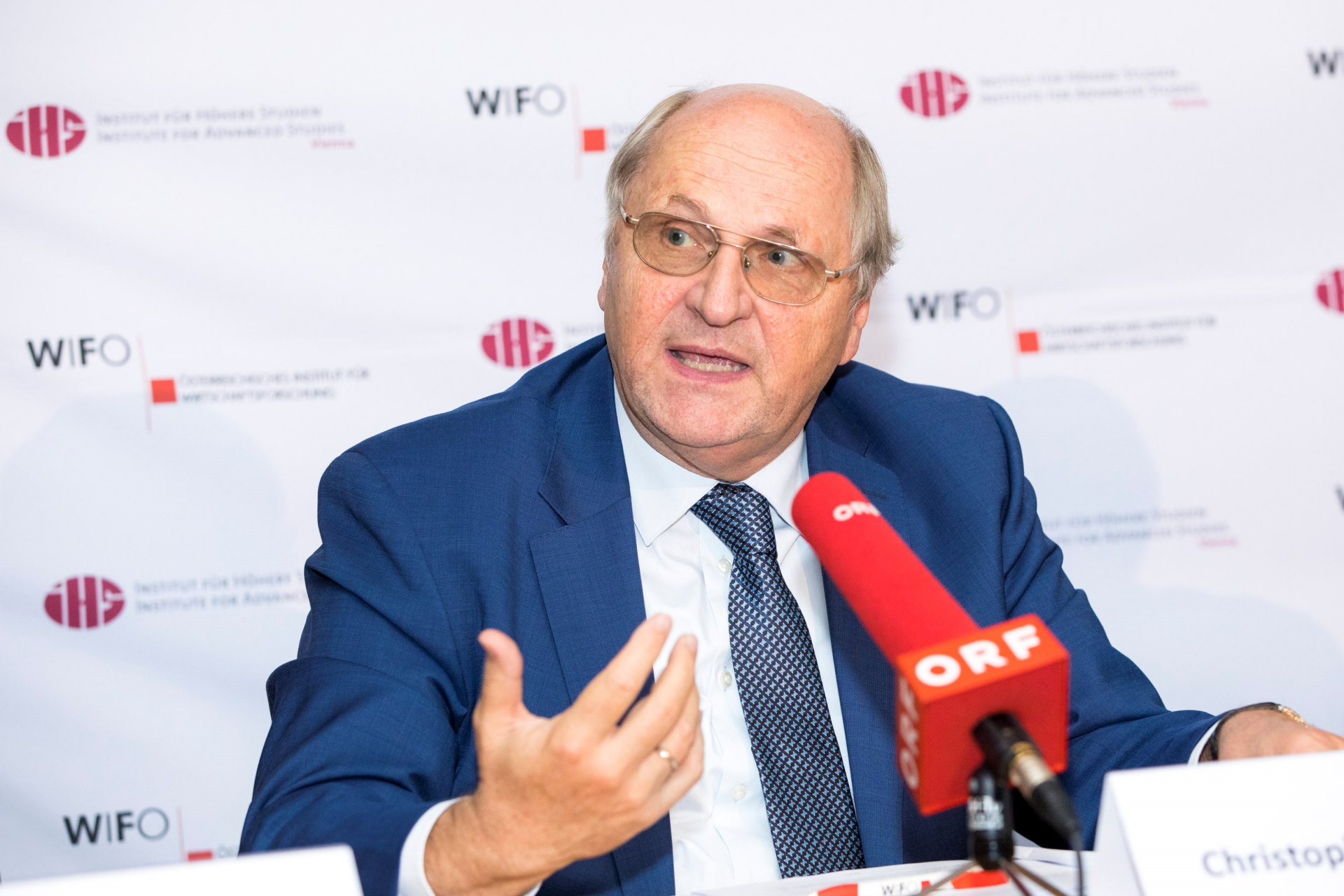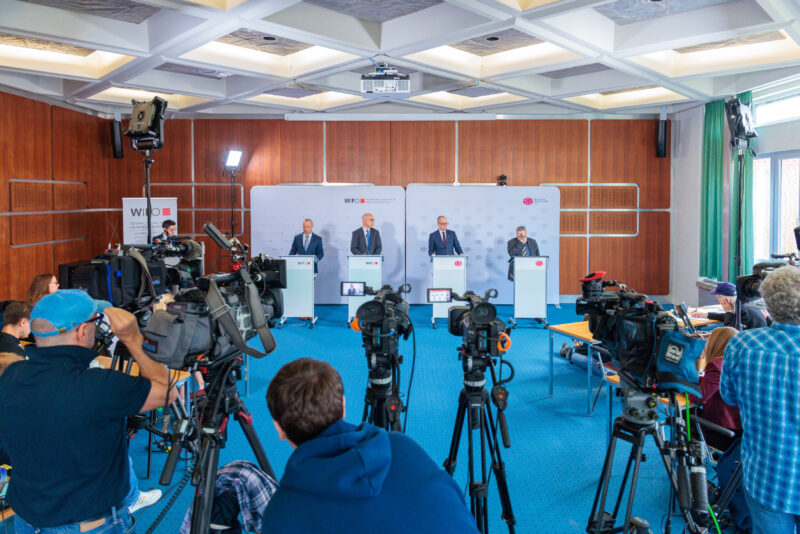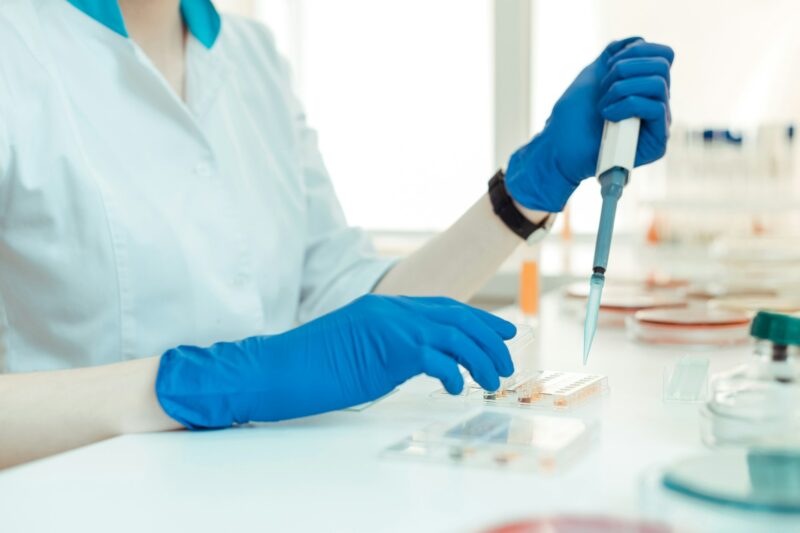
Strong Economic Upswing in Austria
Leading indicators point to the beginning of a boom phase, which in 2021 will be mainly driven by the favourable industrial economy. In 2022, tourism will contribute disproportionately to domestic economic growth. "The buoyant industrial activity is shaping the overall economic expansion, especially in the current year. In 2022, however, market-related services will contribute disproportionately to growth, especially due to the recovery in tourism", says Christian Glocker, author of the current WIFO forecast.
The Austrian economy is overcoming the COVID-19 crisis much faster than previously expected and is at the beginning of an upswing phase. In this context, the rapid progress of the vaccination campaign is the main factor shaping the economic outlook, as the accompanying lifting of official restrictions enables the resumption of economic activity. In addition to the strengthening of private consumption, a high investment dynamic, driven by public investment incentives as well as increasing capacity bottlenecks, and the strong expansion of exports contribute to the economic upswing. Domestic exports are benefitting from the recovery of the global economy.
Against this background, the real gross domestic product of the Austrian economy will expand by 4 percent in 2021 and by about 5 percent in 2022. The pre-crisis level will already be reached in the course of summer 2021. The overall economic capacity utilisation (output gap) should already be above average again in 2022. From today's perspective, by the end of 2022 the Austrian economy should have returned to the growth path that WIFO had forecast before the outbreak of the COVID-19 pandemic.
The economic upswing is expected to have a significant impact on prices. The inflation rate according to the Harmonised Index of Consumer Prices (HICP) will rise to 2.3 percent in 2021 (2020: 1.4 percent). In addition to strong consumer demand, this will be driven by the pass-through of high prices for commodities and intermediate goods. Price inflation is also expected to remain high at 2.1 percent in 2022, not least due to the above-average capacity utilisation of the overall economy, which is primarily driving domestic price dynamics.
The favourable development on the labour market is likely to continue in 2022. However, as employment already returned to pre-crisis levels in spring 2021, growth is expected to slow down: dependent active employment will expand by 2.1 percent in 2021 and by 1.6 percent in 2022. In parallel, unemployment is expected to decline significantly, bringing the unemployment rate down to 8.5 percent in 2021 and 8.0 percent in 2022. This means that the pre-crisis level of 2019 (7.4 percent) will not be reached in the forecast period.
























